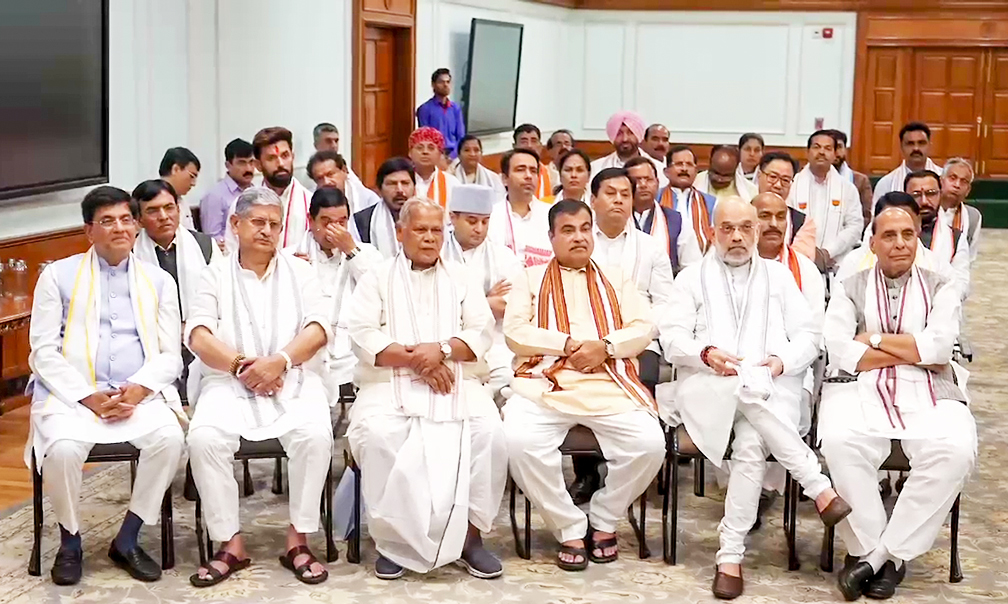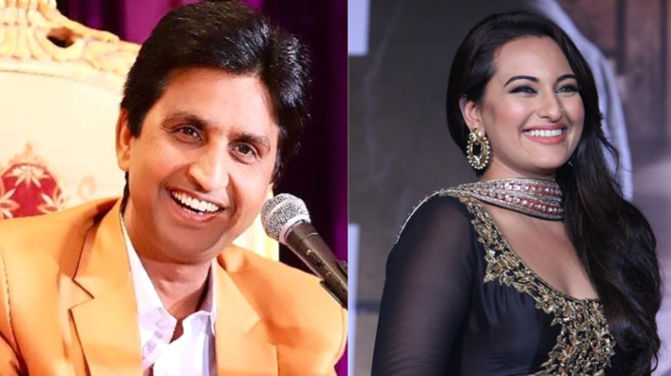The NDA and INDI alliance secured 292 and 234 seats, respectively, in the general elections of 2024. The TDP and JDU will be supporting the BJP as two pillars, as without them NDA will fall short of simple majority by eight seats.
Finding a national theme in this election is challenging because, in the states of Odisha, AP, and Telangana, the BJP and NDA fared better than in the 2019 general elections, while in the states of UP, Maharashtra, West Bengal, Haryana, Karnataka, and Rajasthan, they underperformed. More was lost by the BJP and NDA in their traditional areas than was gained in new fields. The electorate cast their votes in accordance with the unique political dynamics of each state.
The various La Bharti schemes that increased the BJP and NDA tally from 283 and 333 seats in the 2014 elections to 303 and 353 seats had less clout with the beneficiaries in the 2024 elections. This is not unexpected, as voters prefer to vote on one set of la Bharti schemes for a party for one election rather than two consecutive elections, unless the same la Bharti schemes are expanded to new areas or intensified more.
The Ujjwal Yojana has left its mark after empowering women to vote in UP (thereby mitigating the influence of the strong SP-BSP combination), Rajasthan, and Haryana (where the BJP received over 50% of the vote) in 2019 elections. Women were happy because LPG was available for cooking, and this helped the BJP win the 2019 elections. The Ujjwal Yojana would not have been as appealing in 2024 due to voters’ worries about charges that were too high for them to afford and the upfront payment they would still need to make even with the subsidies. If the 5 kg cylinder had been provided at an upfront fee, the Modi 2.0 administration would have been beneficial to the ruling regime and the initiative would have been more extensively adopted.
The PM Awas Yojana is under progress, and to have fruition, it should have been completed before the 2024 elections. The free ration of 5 kg of grains per head certainly helped the BJP and NDA reach this level. The toilets are great, but only with a water facility at home will they become a utility to use on a regular basis. Nal Jal is also in progress, and only when it is completed will the benefit be complete. The electricity connection to all households was achieved before the 2019 elections, and they cannot become the reason for voting in the 2024 elections by the electorate.
The recipients complained that they were denied access to utilities while they were unavailable. But when utilities were provided, the beneficiaries also had to pay a few thousand rupees every month as charges for utilities. Giving these utilities away for free to the general public is one strategy, but this is not sustainable financially and will create vested interests. The recipients’ increased income from new sources of employment was limited to paying for their utilities. There were just three years left for the government to raise the income of the general people after Covid cut salaries for two consecutive years. The growing resentment because that did not happen has affected the BJP and NDA in these states.
The Modi 2.0 government’s CPI inflation was just about 1% higher than the first term’s 4.5%, in contrast to the UPA 2 government, whose CPI inflation peaked at 9.8%. However, after losing their jobs for two years as a result of COVID, the less fortunate members of society found this inflation unbearable.
No sensible person could have predicted that the Ram temple consecration would have benefited the BJP and NDA, as this is for strong BJP supporters, who anyway would have voted for the BJP and NDA.
Voters in states with low per capita income and little private work options are also concerned about unemployment. Even if migrant labourers relocated to Gujarat, Maharashtra, Kerala, Karnataka, Tamil Nadu, Telangana and Andrapradesh and other states in search of work, a permanent government position—even one as an office assistant—is more valuable than anything else for these individuals. In states with higher GDP per capita, the issue of employment is more closely related to newly invested capital and growing economic prospects than it is to government jobs.
The youth of the respective states may have found some solace in employment opportunities if the competitive examinations had been conducted without delays due to unrelated issues like paper leaks, but the elephant in the room—a lack of economic opportunities—can only be addressed with increased private investments in addition to public investments. Considering that there are 200 applications for each government position, this needs to be understood. Concerns about unemployment have also been greater among qualified candidates holding PG degrees, PhDs, and degrees, as their education did not prepare them to create opportunities for themselves and a small group of others economically or to secure gainful employment with firms that value productivity from the start.
The economic inability to utilise the utilities offered by the central government, no income for two COVID years, economic vulnerability to handle even moderate inflation, and educational qualifications that do not help in converting them to avail economic opportunities cost the BJP and NDA 61 seats compared to their 2019 general elections.
If not for the free five kg foodgrain per person, the expansion of utilities to larger segments of society that have not received them in the first sixty years of independence, the widespread immunization programme that effectively contained the COVID pandemic, the provision of food grains and financial support during the pandemic, and the ability to keep average CPI inflation to less than 6% in spite of global unrest, the BJP and NDA would not have reached 240 seats and 292 seats, respectively, in the 2024 elections. The vote shares of around 36.56% and 44% that the BJP and NDA secured in the 2024 elections were 1.7% and 1% less than in the 2019 elections, respectively. In the 2024 elections, however, the vote share to seat conversion decreased dramatically with the BJP’s widespread footprint, while the BJP and NDA were able to achieve greater vote share to seat conversion with concentrated vote share in the 2019 elections.
The author is a public policy expert.







